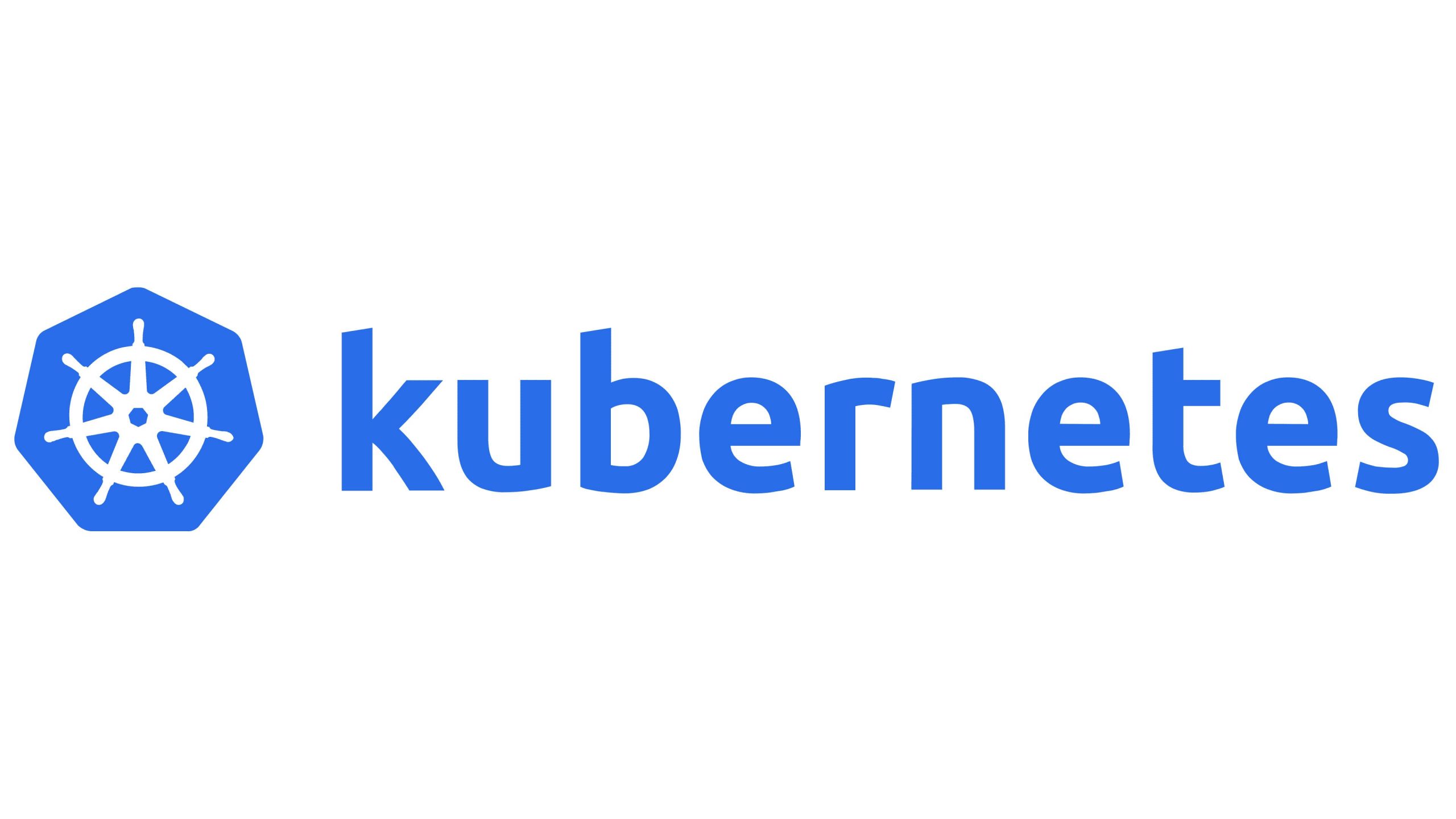Introduction:
In Kubernetes, ConfigMaps are used to decouple configuration artifacts from containerized applications. They allow you to manage configuration data independently of your application code, making it easier to update configurations without changing the application itself. This guide will provide a comprehensive overview of ConfigMaps, including what they are, how to create them, and how to use them in Kubernetes.
1. What are ConfigMaps?
ConfigMaps in Kubernetes provide a way to store and manage configuration information for applications. This information can include key-value pairs, files, or entire directories. ConfigMaps help separate configuration concerns from application code, promoting better management, consistency, and flexibility.
2. Creating a ConfigMap
2.1. Key-Value Pairs
Here’s an example of a simple ConfigMap YAML file with key-value pairs:
apiVersion: v1
kind: ConfigMap
metadata:
name: my-configmap
data:
DATABASE_URL: "jdbc:mysql://db.example.com:3306/mydatabase"
API_KEY: "abc123"Apply the ConfigMap to your cluster:
kubectl apply -f configmap.yaml2.2. From Files
You can create a ConfigMap from files or directories. For example, if you have a directory named config-files containing configuration files:
apiVersion: v1
kind: ConfigMap
metadata:
name: my-configmap-files
data:
server.conf: |
server {
port: 8080
max_connections: 100
}
app.properties: |
app.version=1.0
app.mode=productionApply the ConfigMap:
kubectl apply -f configmap-files.yaml3. Using ConfigMaps in Pods
3.1. Environment Variables
You can inject ConfigMap data into a pod as environment variables:
apiVersion: v1
kind: Pod
metadata:
name: mypod
spec:
containers:
- name: my-container
image: my-app-image
envFrom:
- configMapRef:
name: my-configmap3.2. Volume Mounts
Mount ConfigMap data as files into a pod:
apiVersion: v1
kind: Pod
metadata:
name: mypod
spec:
containers:
- name: my-container
image: my-app-image
volumeMounts:
- name: config-volume
mountPath: /etc/config
volumes:
- name: config-volume
configMap:
name: my-configmap-files4. Updating ConfigMaps
If your configuration changes, you can update the ConfigMap:
kubectl apply -f updated-configmap.yamlPods referencing the ConfigMap will automatically receive the updated configuration.
5. Deleting ConfigMaps
To delete a ConfigMap:
kubectl delete configmap my-configmapConclusion
ConfigMaps in Kubernetes provide a flexible and scalable solution for managing configuration data. By decoupling configuration from application code, ConfigMaps make it easier to manage and update configurations without modifying the underlying application. Use ConfigMaps to enhance the maintainability and flexibility of your Kubernetes applications.


